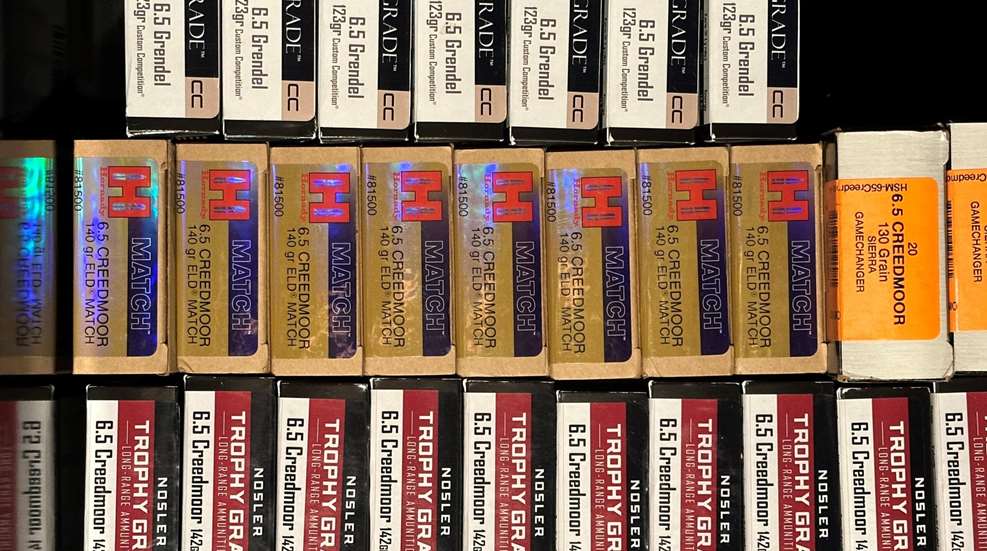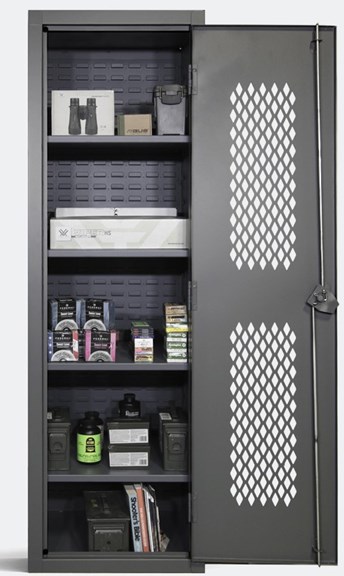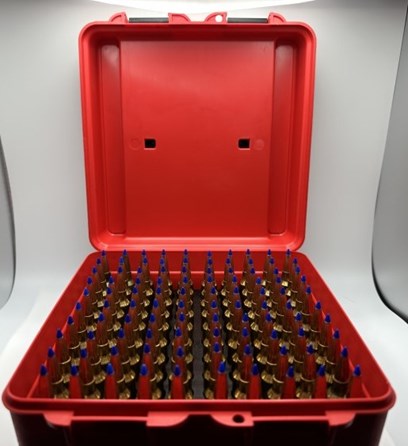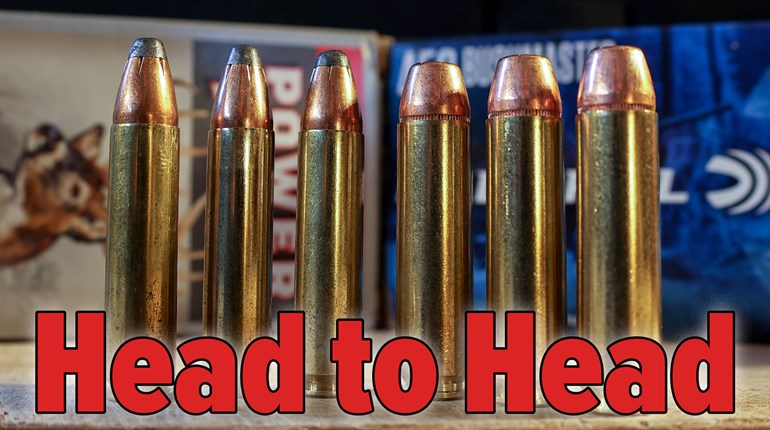
There are several options out there for ammunition containers and storage, but which one should you choose and why?
 Ammo Locker
Ammo Locker
Often thought of as something seen in an armory or military base, an ammo locker or cabinet provides several benefits. They’re relatively spacious, and for shooters who need to keep ammo secured from kids or other prying individuals, ammo lockers will be your best option. Plus, they can store other items that, while probably not as valuable as firearms, still may have value. The downside? These tend to be relatively large; not as large as regular gun safes, mind you, but an average ammo locker, such as Secure It’s Model 78 Ammo Cabinet, measures 6.5 feet tall and 2 feet wide and deep. What’s more, the cabinet weighs 250 lbs. Though the cabinet is the biggest item on the list, it is also the most secure. Few people are strong enough to carry off 250 pounds of steel, plus the weight of whatever lead is in the cabinet. The other negative is that the safe isn’t entirely closed, meaning that it’s still exposed to the elements in some ways, so factors like humidity and temperature can potentially affect the contents of the locker. Depending on where the locker is placed, that shouldn’t be a problem.
Dedicated Ammunition Box 
If you’re a handloader or you plan on traveling a lot with firearms, this is your best option. For reloaders, the boxes typically come with labels for marking loads, and they’re sold in various sizes to accommodate reloading styles (most people either reload small batches to do trial runs or precision rounds, or in bulk for range trips with friends or practice ammo). The rounds are stored in their own slots within the box, and boxes are sized for various cartridges to prevent ammo from falling out of the slots when moved.
A trick I use for storing ammo in boxes (and this goes for ammo cans, too) is putting a silica pack in each box to keep humidity down. The one con to these boxes is that they tend to be made of plastic, and plastic can crack and break relatively easily compared to metal, especially in colder temperatures. (If you’re shooting a match or hunting in cold weather, keep that in mind.) MTM makes the majority of plastic ammo boxes, and they cover the gamut of rifle and pistol calibers.
Ammo Can
The classic ammo can is a neat nostalgic way to store ammo, and still provides quite a bit of functionality. If you’re storing bulk ammo to take on the go, you’ll likely find the ammo can suits your needs best. Because there are no dividers in an ammo can, you can typically fit more rounds in a can than a plastic box; that also means they can double as general storage containers for small items. Some ammo cans even have waterproof seals to prevent moisture from getting inside. The downside to ammo cans, however, is that loose ammo can shift around, and if bullets aren’t crimped properly, bullet setback is possible. Also, there’s no easy way to count the number of rounds in each container. Allen and Plano make modern ammo cans, and mil-surp metal cans can be had relatively cheap.
Magazines
Of course, you can always store ammo in your magazines, and that means you’re ready to go all the time. Additionally, you don’t have to worry about purchasing secondary storage containers for ammo, though you’ll still need to keep the original boxes that the ammo came in (unless you reload; then good luck). That’s because, not unlike the great hot dog/hot-dog-bun conundrum, most magazines don’t hold the same number of rounds as a box of factory ammunition.
The other problem with magazines, of course, is the argument about keeping the spring under tension resulting in feeding issues. The jury is out on whether that’s true, but what’s certain is that travelers need to be very careful about storing ammo in magazines before heading across state lines.
Factory Box
Of course, you can always keep your ammo stored in the factory boxes, too, assuming you don’t reload. This is likely the best means to stay organized, as the boxes are all prelabeled. The issue here is that those boxes are made from relatively thin cardboard, and tear easily. They’re not the best option for transportation. If you’re one of the lucky ones folks with a range in your backyard and a dry climate in which to shoot, save yourself a few bucks and just keep things organized the easy way.







































